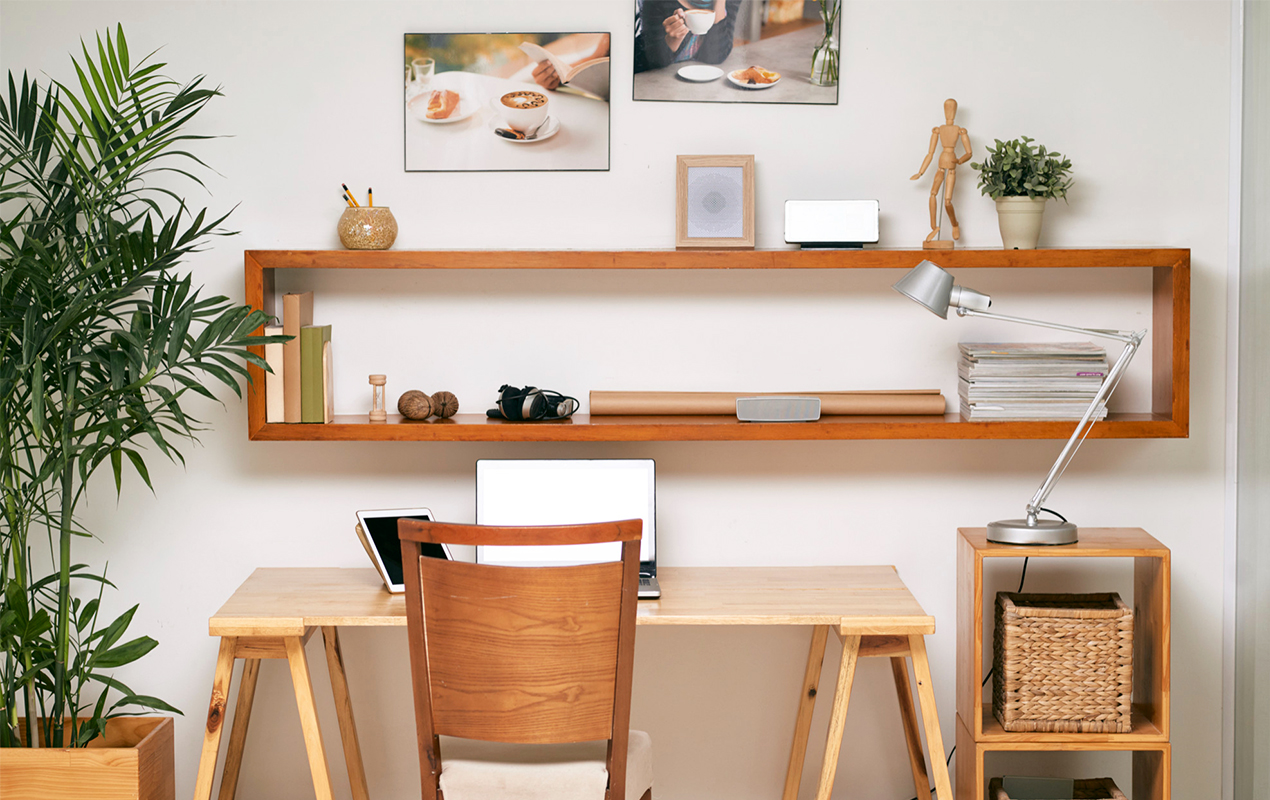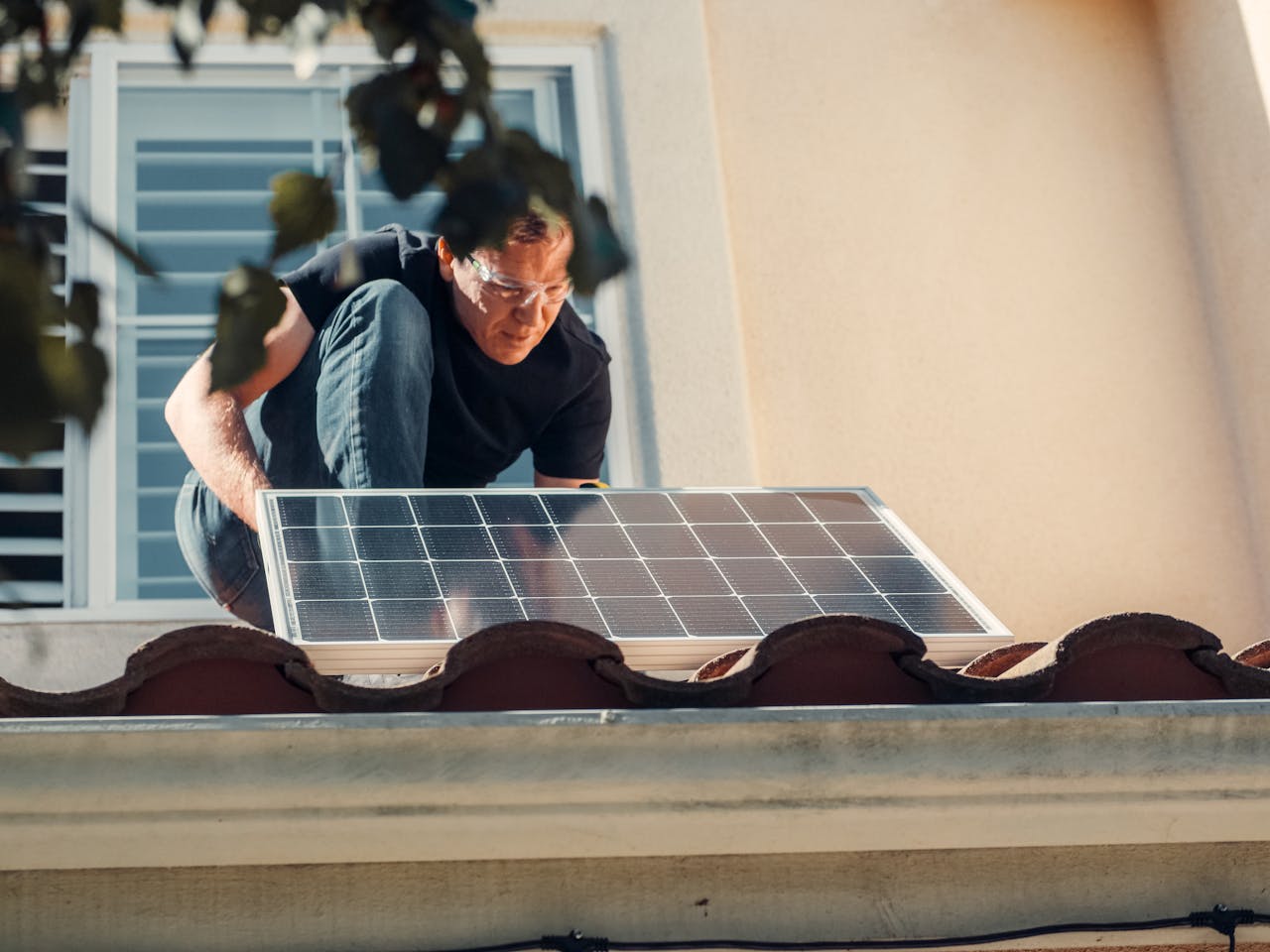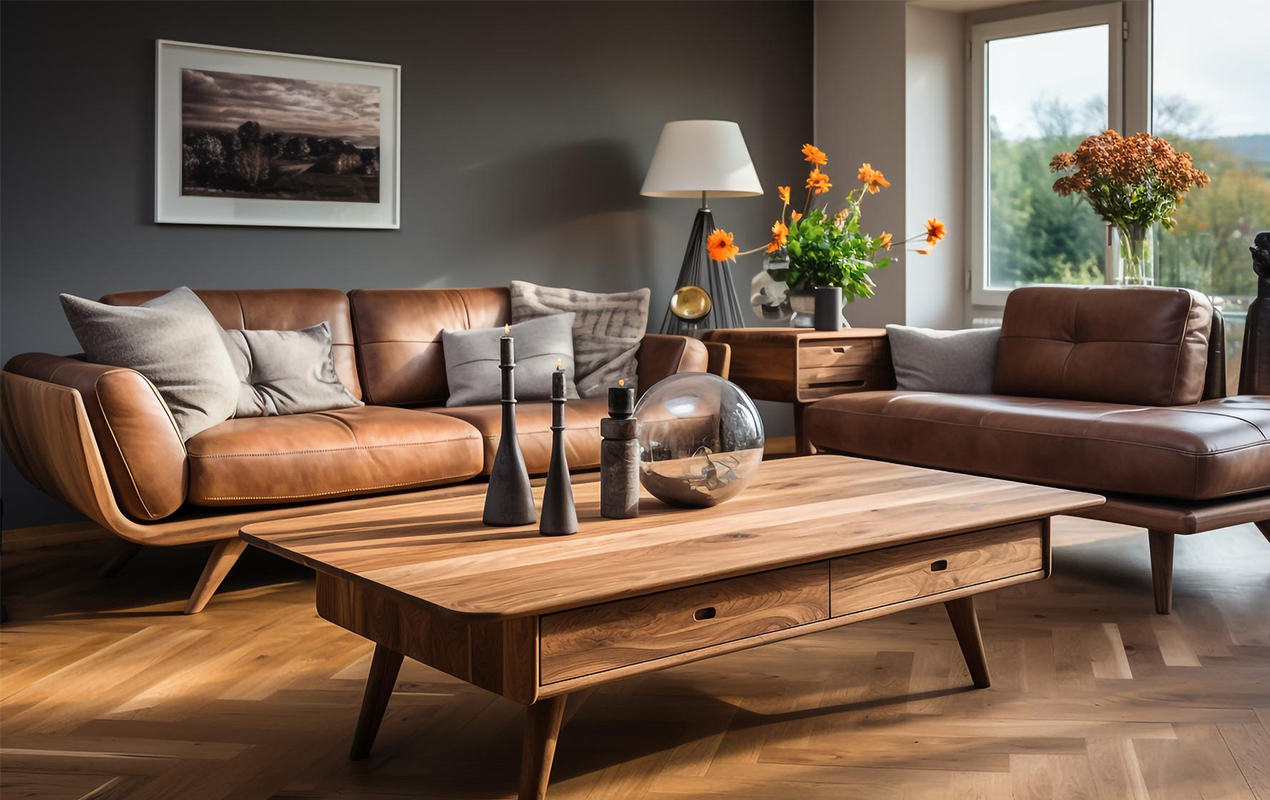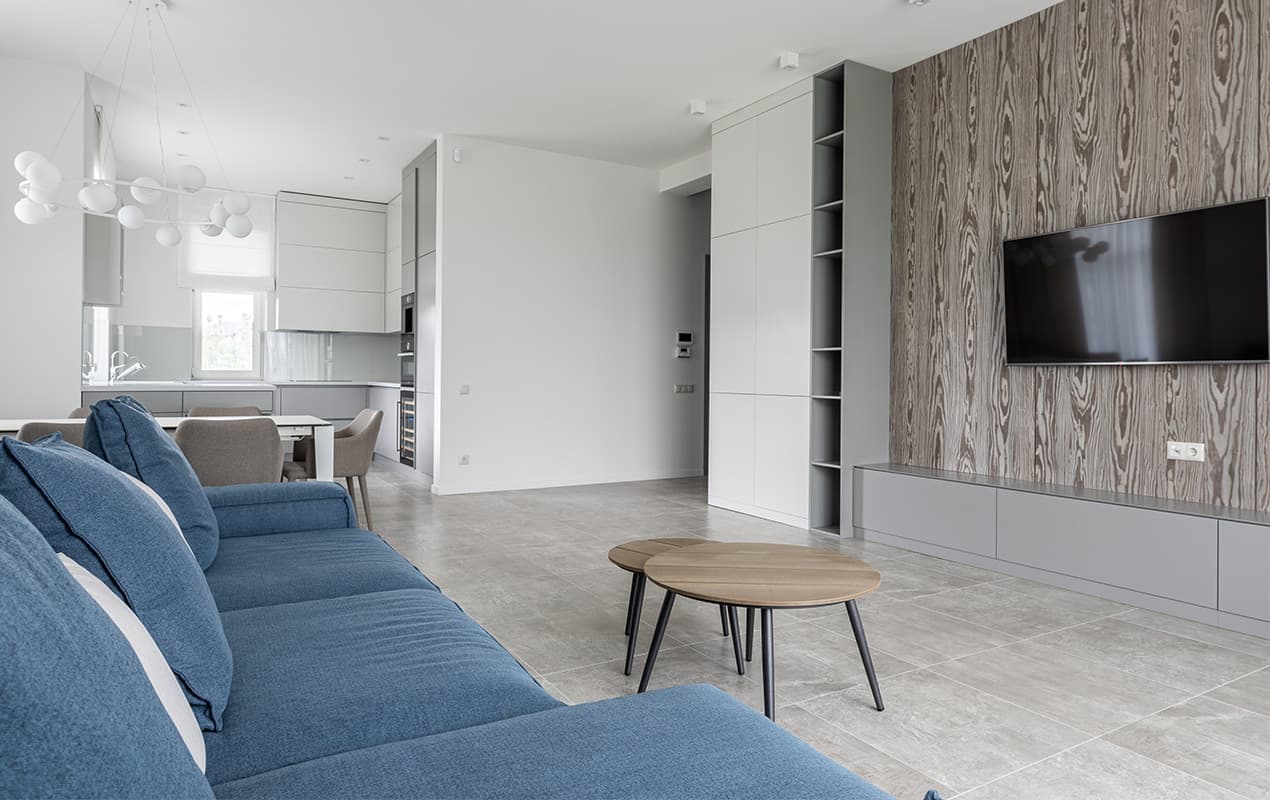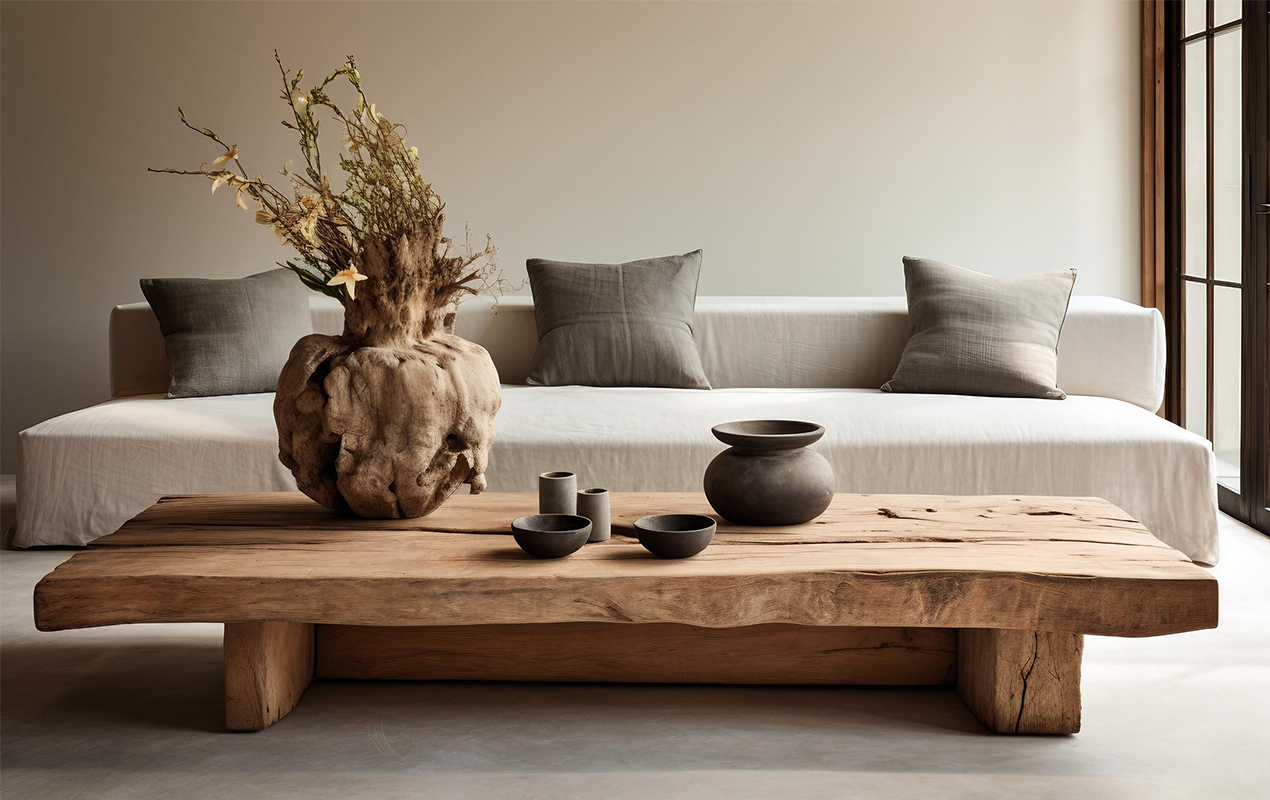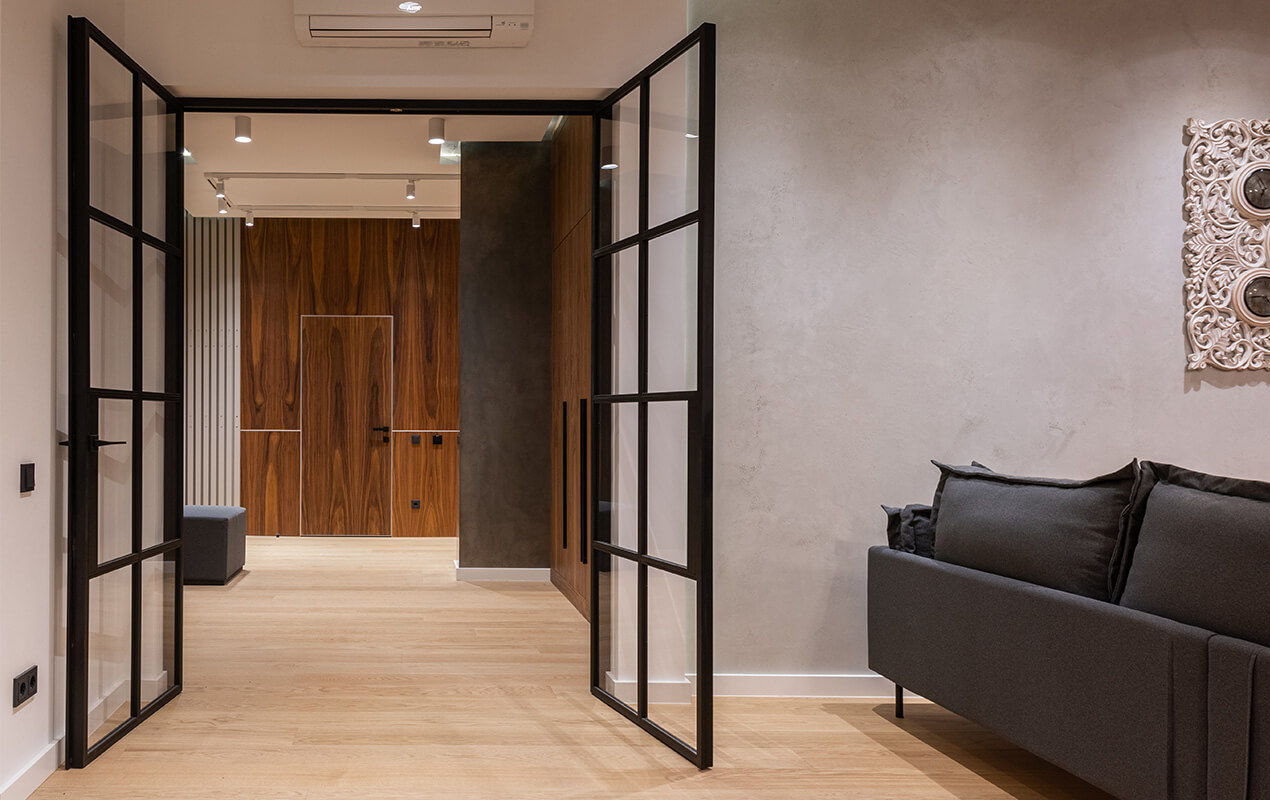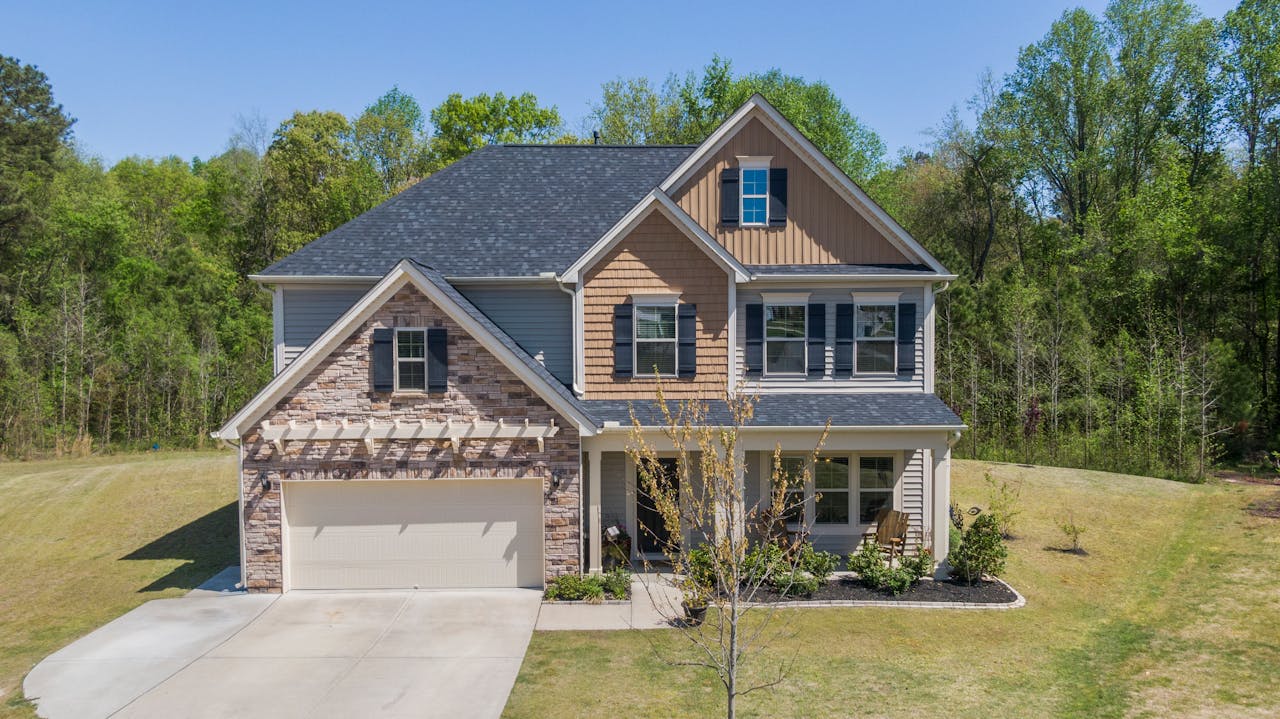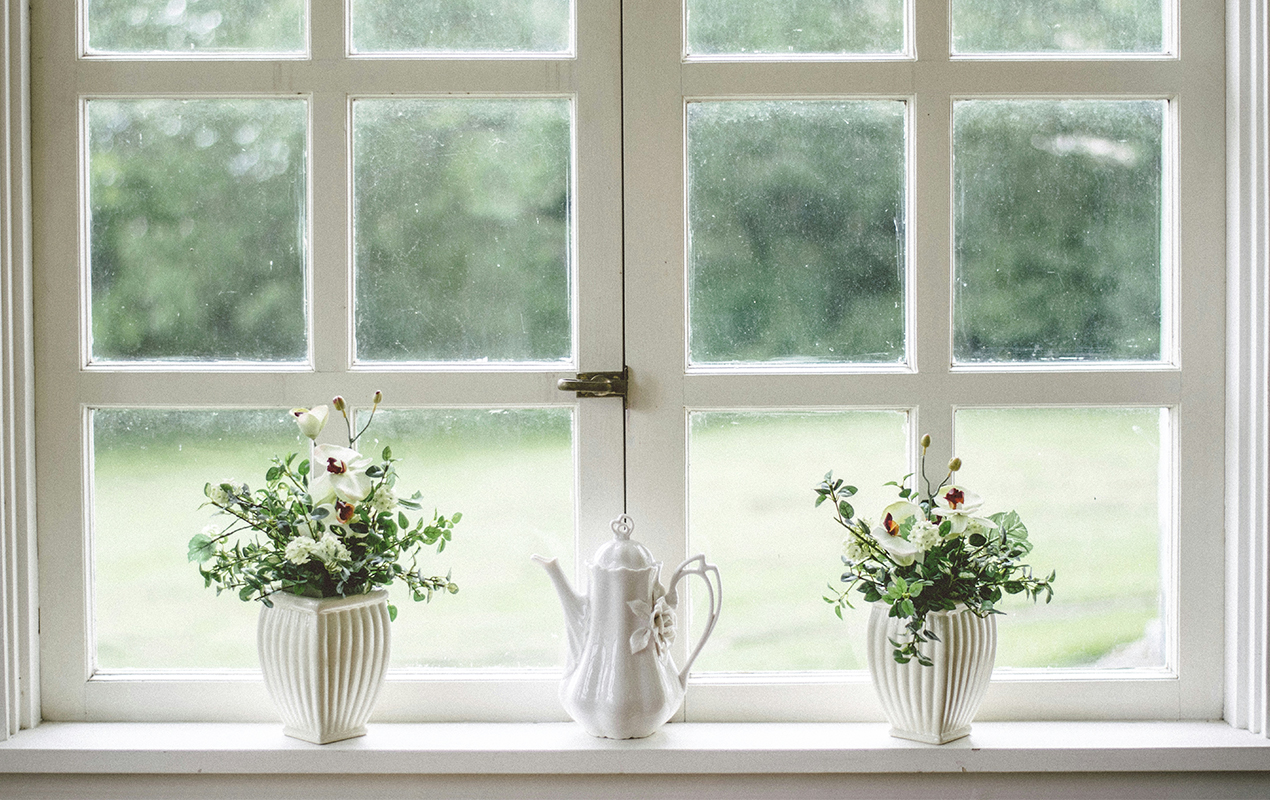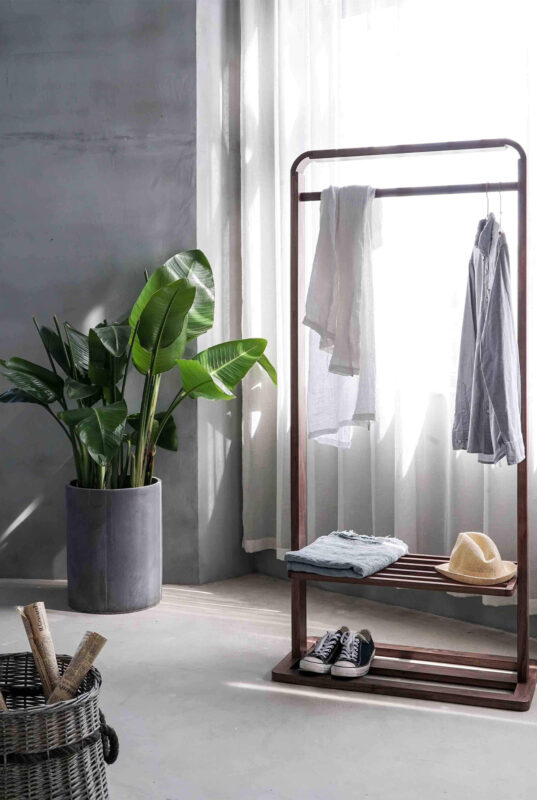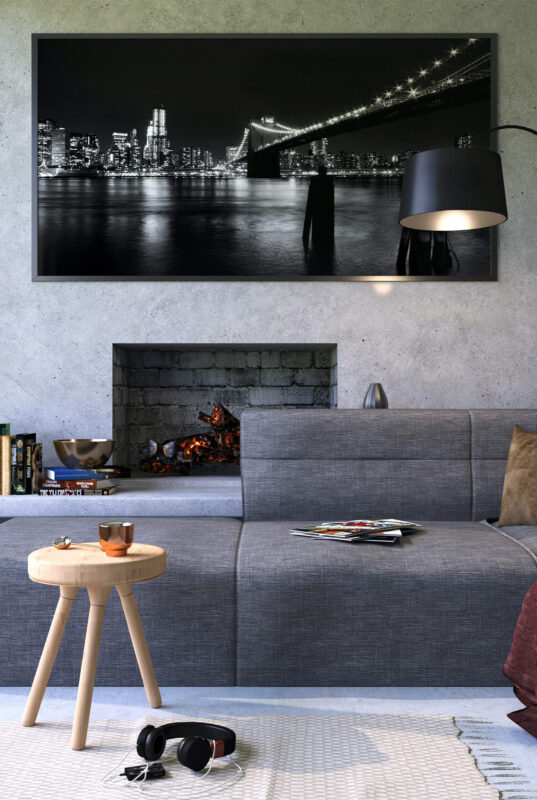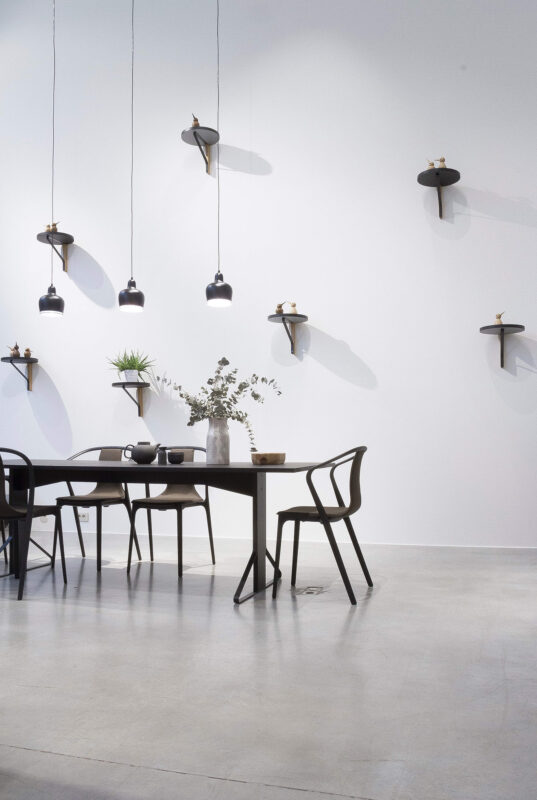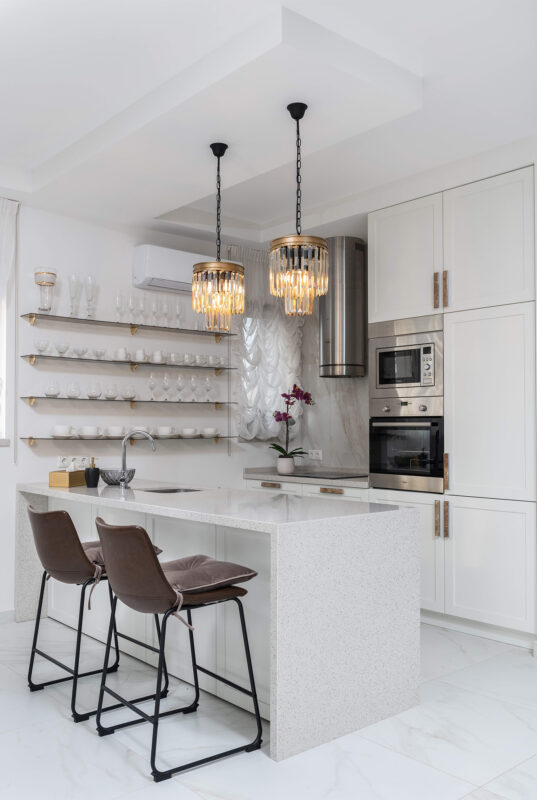Blog
Old Homes vs New Builds: The Major Differences to Consider
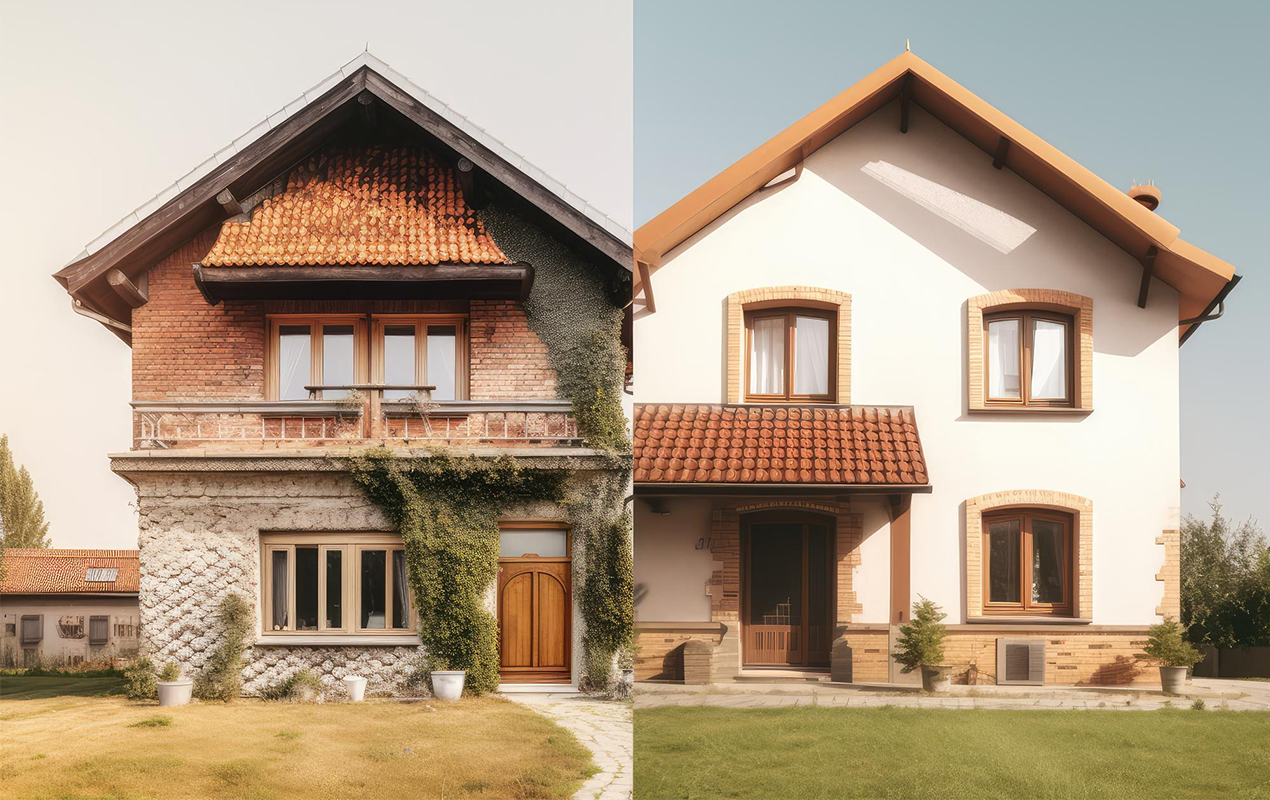
The Main Differences Between Old Homes and New Builds
When purchasing your first home or choosing to relocate, you are forced to make a variety of decisions. Typically, the first and most important choice is where to live; however, you must also consider whether you want to buy an older property or a new build. Fortunately, there’s no right or wrong answer – it entirely depends on your personal preference. The best way to find the right option for you is to take a look at the main differences between old homes and new builds. Luckily for you, we take a look at the main differences below. You never know; you may end up changing your mind.
The Number of Previous Owners
Firstly, it’s useful to bear in mind that an older property will have several previous owners. Because of this, certain areas of the home will likely need more maintenance to ensure they are structurally sound and look good. With new builds, the clue is in the name. By this, we mean that the home has never previously been lived in, so all appliances and fixtures are brand new and unused. Minimal maintenance will be required upon moving in and you should be covered by a warranty if anything were to go wrong.
Energy Efficiency of The Property
Thanks to developments in modern building techniques, most new build homes are well insulated, featuring advanced double glazing and an energy-efficient boiler or heating system. Some even have water-efficient taps, toilets, and showers, saving you money on your bills. While older homes can be fitted with energy-efficient devices, such as solar panels and smart thermostats, it’s highly likely they won’t be as efficient as a new build. As a result, energy bills can be higher.
Ability To Add Personal Touches
New builds are essentially a blank canvas. This shouldn’t come as a worry, though, as it leaves more room for you to style it how you see fit without needing to make drastic structural changes to the interior. If you purchase off-plan, you can sometimes have a say in what fixtures and fittings the property will have, such as flooring, kitchens, and bathrooms. Despite older properties having more character and original features, it’s common for homeowners to find things they want to change. While some may be small, others can cost significant amounts of money to bring everything to standard. In some cases, weighing up the costs and practicality of renovating versus rebuilding entirely becomes part of the conversation.
Variety of Incentives Offered
Often, new-build property developers will throw in numerous incentives to secure the deal, including paid-for stamp duty, free upgrading of fixtures and fittings, and covering legal fees. These aren’t usually offered with older properties, but you may still be able to negotiate a better deal with the homeowners.
Exploring House and Land Packages
When comparing old homes and new builds, another option to consider is purchasing house and land packages Illawarra. These packages are an attractive choice for many buyers, as they provide the convenience of purchasing both the land and the home in one go. House and land packages in the Illawarra region, for instance, offer the opportunity to design a brand-new home tailored to your preferences while choosing from a variety of locations and sizes.
For those seeking a stylish urban lifestyle with all the benefits of new construction, Atrium apartments present a modern alternative, combining energy-efficient features with contemporary design in desirable locations. With a new build, you’ll also benefit from modern design, energy-efficient features, and the latest building codes. This contrasts with older homes, which might require renovations and may not offer the same level of energy efficiency or design flexibility.
Final Thoughts
Deciding between an old home and a new build can be a difficult choice when taking into account the main differences between old homes and new builds. At the end of the day, your decision should be based on what suits your lifestyle and budget the best. If you value character and charm, then an old home could be the perfect fit. However, a new build might be a wiser choice if you prioritize low maintenance and energy efficiency. Regardless of your choice, conducting thorough research on the property is crucial to understanding what you are getting into. Making an informed decision is always the best decision. Now, go out there, find your dream home, and start creating memories in a place you will be proud to call your own!

